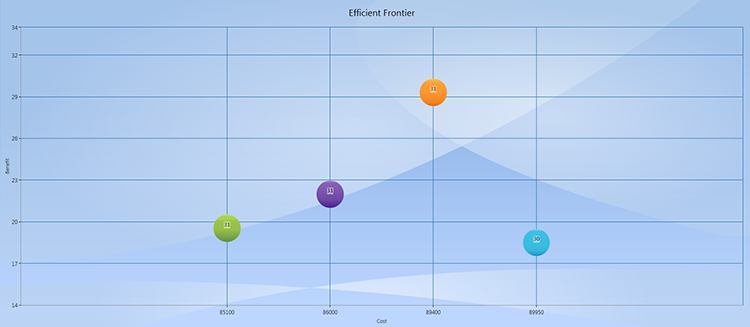The largest (32%) contributor to project failures is poor estimation during the planning phase. (Source: PwC Project Management Global Survey, Third Edition). In many cases, project planning is limited as a result of the effort to start the "real" work. This is a common mistake, as numerous studies proved that creating a robust project plan that is aligned with the project goals and takes into consideration the project risks, is essential to achieving project success.
While proper project planning doesn’t ensure a successful project, without a good project plan the project is bound to fail. When creating the project plan, the team should focus the attention on the following questions:
- What are the stakeholder’s needs and expectations?
- How likely is the project to achieve its goals?
- What is the best way to perform the project?
- What are the risks involved?
- Is the project likely to finish on time and within budget?
Creating a Good Plan
A good project plan is all about doing the right thing right. The process starts by identifying the project stakeholders and mapping their needs and expectations to define the goals of the project. Project success is measured by many dimensions. The best known dimensions are time, cost, quality and scope. Stakeholders may have a variety of other needs and expectations. While many project teams concentrate on the project cost and how long it is going to take, the other dimensions tend to be neglected. This is unwise. Even if a project is completed on time and on budget, but without doing what it is meant to do, then the project will be considered a failure.
Once the goals of the project are defined, the project team can consider different alternatives for performing the project, in light of the different goals. Each project has alternative methods for performing it. The decisions that have to be made can be technological decisions or operational ones. These decisions can be at the project level or at the individual activity level. As an example, let’s take a software development project. At the project level we have to decide if we use Microsoft, .NET or Java Technology. At the activity level, consider the activity “Develop User Interface”. We can either carry out this activity in-house, outsource the activity, or possibly purchase an off-the-shelf component. Each one of these alternatives has an impact on the entire project in terms of cost, duration, quality and risk. It is possible that developing in-house would be more expensive and take more time then outsourcing but would give us better quality. If we decide to outsource the activity, we might have a few offers from different companies. Again, we would have to select the best offer according to the project requirements. Making these decisions in a large project becomes a complicated job. In the PTB Analytics simulator, we can define multiple modes of execution for each task.

The project team can then create different project plans by selecting different alternative execution modes for the activities. Since the number of possible combinations is growing exponentially with the project size, doing this manually is difficult. The PTB includes an option to generate the efficient frontier. This is usually done during the project Front End. Each possible project plan is automatically analyzed. Plans that are not feasible are discarded along with plans that are dominated by other, better plans. The result of this process is a chart showing the efficient frontier.

Each bubble represents a Pareto efficient project plan. The Y axis denotes the project benefit, or how much value the project creates, while the X axis denotes the project cost. The size of each bubble denotes the expected duration of the given plan. Once this information is available, the project team can compare the different possible project plans and select the best one. For example, we can consider the green bubble which has a cost of $85,100 a benefit of 19 (out of 100) and a duration of 31 weeks, and the orange bubble which has the same duration, costs more ($89,400) but yields a higher benefit (29). The question would then be, is it worthwhile to spend $4,300 to improve the project benefit by 10 points?
Furthermore, once we identify the relevant project plans we can further analyze the project risks for each plan. This can be done with the Monte Carlo method and by simulating the execution of each plan. Each plan can be fine-tuned by adjusting the schedule and by creating a resource plan.
Conclusion
Project planning is a key to successful projects. When creating a project plan, alternative possibilities for project execution need to be considered. These alternatives should be measured in terms of the project goals. Once the efficient frontier of project plans is created, each plan should be further examined as part of the tradeoff analysis between cost, benefit and risks.

